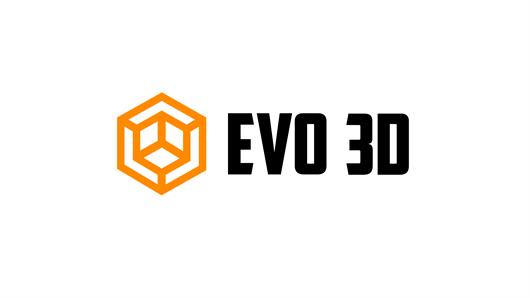 Add My Company
Add My Company
Sign In
Using 3D scanning, 3D printing and Post-Processing to Produce Models for Machine Learning
06-04-2021

On a bottling production line, bottles with caps that have been fitted in such a way that makes them fit for purpose need to be rapidly and precisely identified. In this instance there are two specific cases that need to be looked out for: a missing tamper, and a skewed cap.
Machine learning offers a great solution to this problem. By training an algorithm to be able to recognise these cases removes the need for manual inspection and reduces the scope for human error.
One solution was to create reusable, clearly labelled, colour coded dummy bottles to teach the algorithm. Here’s how J-Supplied helped:
Using our SHINING 3D EinScan Pro 2X and turntable, we scanned each case (good, missing tamper, and skewed cap) for each of the 5 different sized bottles to create a 3D mesh model for each.
Using Autodesk Fusion 360 we created a model of the text to emboss onto the face of the bottles with a radius to match. Then we simply combined the models together in CraftWare slicing program.
Each of the bottles were then printed on our CraftBot Flow IDEX 3D printers in PLA. Each print taking between 4 and 8 hours.
The support material was then manually removed, any remaining unwanted support was shot blasted away.
Finally we put the parts in our AMT PostPro3D vapor smoothing machine to “remelt” the surface and remove layer lines to achieve a surface finish comparable with injection moulded parts.
For more information on Using 3D scanning, 3D printing and Post-Processing to Produce Models for Machine Learning talk to Evo3D
Enquire Now
More Case Studies / Blogs
List your company on FindTheNeedle.
